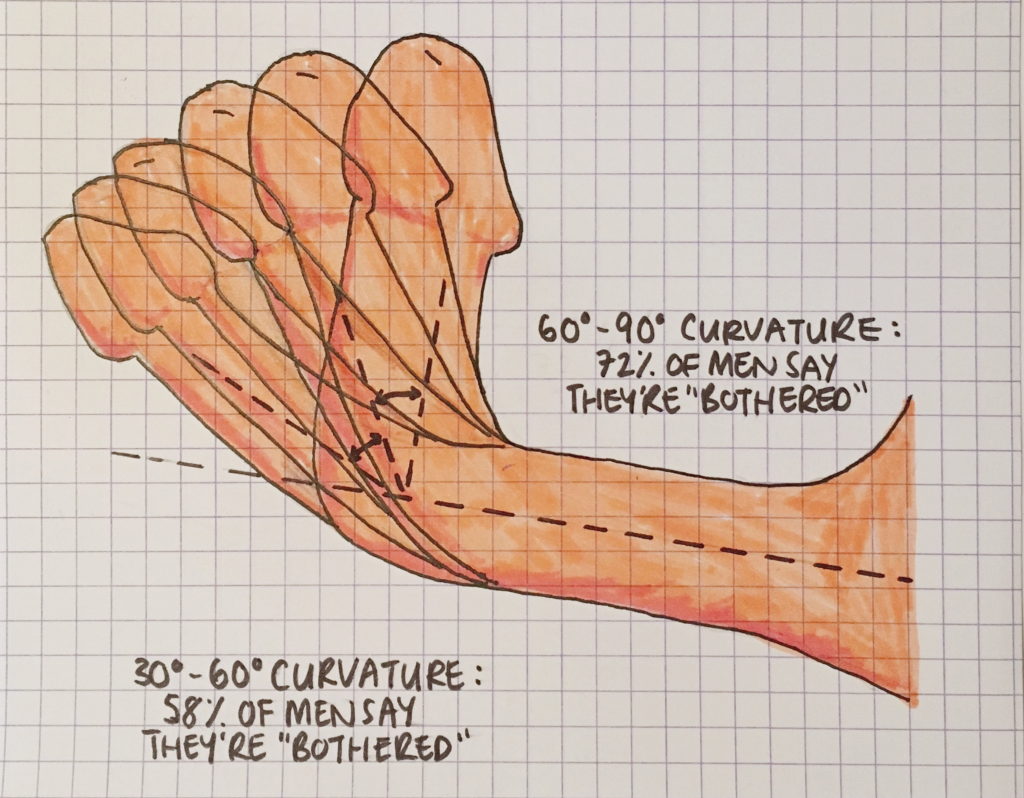Don't Put A Ring On It
Penile strangulation is uh, more common than you might think.

A rare case of penile strangulation has been described in a study published this month. A similar case was first written about by Yadong Lu and colleagues in the Asian Journal of Urology and data on Emergency Room admissions suggests that the practice is not so rare.
In Yadong’s case, a 49 year-old male appeared at an emergency department with a metal ring around his penis which he had used two days previously “for enhancement of sexual intercourse.” Despite his efforts with oil and pliers, the male had been unable to remove the ring. The doctors diagnosed “penile incarceration” and photographed the patient’s affected area (the images, which are included in the study, may be distressing) before removing the 2cm thick ring with the help of an orthopedic saw.
The more recent case, reported in the Journal of the Medical Association of Ireland also involved a male who had used a penis ring during intercourse several hours previously. However the doctors at Mater Misericordiae University Hospital, Dublin struggled to remove the titanium ring and had to call on the help of the local fire department.
The ring was eventually removed with an electric hand operated axel grinder (fire protection sheets were used to protect the patient and staff from the sparks). In their conclusion, the authors suggest that future cases of penile strangulation might be treated with “Giggle saws and bone cutters.”
In both studies, the authors note that relatively little is known about how to deal with patients who present with penis rings. Data collected from US emergency rooms can shed some light on whether or not complications are common.
Each year, the US consumer product safety commission publishes a dataset detailing emergency room visits. The numbers aren’t comprehensive — they’re only collected from a sample of hospitals — but the 359,129 cases listed in their most recent data for 2015 do provide some insight into the 37.2 million annual injury-related ER visits.
The dataset is easy to misinterpret; doctors sometimes use different language to describe patient incidents in the “narrative” column — some reports are super specific, others, very vague. But, by filtering for only male patients and results affecting the pubic region, 819 cases appear which are worth unpacking.
Searching for the word “ring,” eight cases appear which may be of interest to Yadong and colleagues. All of them are detailed below:
- 45 year old male with metal ring on penis since last night. Fell asleep with it on.
- 37 year old male put a cock ring on and had vigorous intercourse now has contusion to scrotum.
- 30 year old male using penile ring and could not remove it and had to be cut off (writer’s note: presumably the word “cut” refers to the ring and not the penis)
- 5 year old male put toy ring on penis while taking bath
- 27 year old male after piercing on penis has pain, swelling
- 43 year old male cock ring stuck on penis — penis and scrotum pain
- 42 year old male has a penis ring on penis unable to get it off
- 23 year old male placed size 11 titanium ring around the base of his penis and now swelling, not able to remove
The word “zipper” appears several times. Examples include “59 year old male got his penis foreskin stuck in zipper this am,” “41 year old male scrotal abrasions, scrotum was caught in the zipper of his pants” and “21 year old male with wound to penis after getting caught in zipper of pants.” Patients in this category range in age between 3 years and 83 years.
The data, along with research by Yadong and others, points to one simple conclusion: penises should be handled with care. Given that the doctors note that complications of penile rings can include erectile dysfunction, penile paraesthesia (abnormal sensation) or a narrowing of the urethra (the tube that carries urine from the bladder), it might be more advisable for those contemplating penile constriction to simply forgo the idea altogether.
